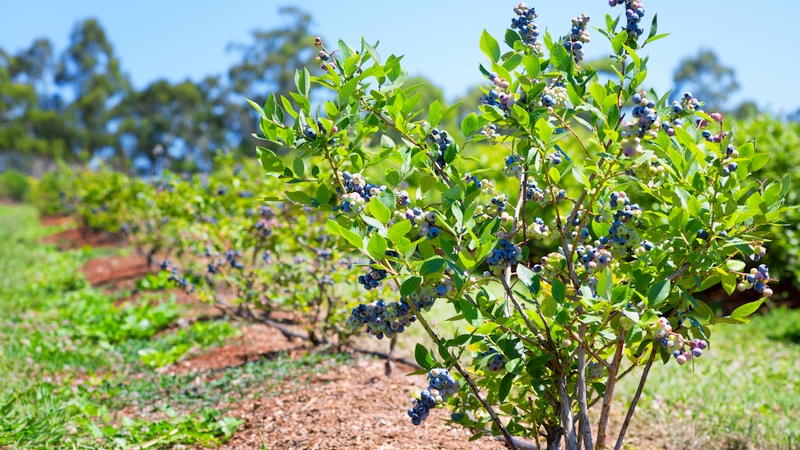Right To The Core: Battling Brown Marmorated Stink Bug
Over the past year, I have had the unfortunate opportunity to see firsthand the damage that the brown marmorated stink bug (BMSB) can cause to agriculture. I have visited orchards in the Mid-Atlantic region where large portions of their crop have practically been wiped out from this invasive pest. USApple is working with government agencies and directly with our growers to help combat this growing threat to apple orchards and the nation’s agriculture industry as a whole.
Brief Background
Significant numbers of adult BMSB were first identified in the fall of 2001 in Allentown, PA; however, entomologists estimate that the species likely was introduced in the late 1990s. The BMSB was subsequently reported in several Pennsylvania counties, in New Jersey on plant material and in blacklight traps, and in western Maryland on buildings in 2003. By 2004, BMSB also was detected in West Virginia. BMSB is a known pest of fruit trees and legumes in its native China, South Korea, Japan, and Taiwan. Entomologists suggest that the adults might have entered the U.S. as stowaways in packing crates from Asia. BMSB is polyphagous (it feeds on many kinds of plants), with a long list of host plants including many fruit and shade trees and other woody ornamentals, as well as legumes and various vegetables. In Asia, it has been reported as a significant pest of fruit trees and corn and soybeans.
Working To Combat BMSB
I have had the honor of working with Dr. Tracy Leskey, a USDA-Agricultural Research Service (ARS) research entomologist located at the Kearneysville, WV, research station, on finding ways to prevent BMSB from further damaging our crops. This month, USApple honored Dr. Leskey at the 2011 Apple Crop Outlook & Marketing Conference for her dedication and determination on combating BMSB. We are also proud to call Dr. Chris Bergh of Virginia Tech an ally on this important front. Dr. Bergh played a key role in EPA’s approval of emergency use of the insecticide dinotefuran on tree fruit to help manage populations of BMSB in seven states — Virginia, Maryland, Delaware, Pennsylvania, West Virginia, North Carolina, and New Jersey.
Additionally, in an action critical to the battle against BMSB, EPA approved USApple’s request to correct an error on the endosulfan label, a chemistry that has shown effective in BMSB control but previously was prohibited for feeding apple pomace to livestock. The feeding prohibition had inadvertently been retained following re-registration of endosulfan in 2002, when tolerances were established that made the restriction unnecessary. The new label removes the restriction.
USApple supports strong research funding to identify natural predators, pheromones, and other ways to combat this voracious pest. While important USDA emergency funding helped jump-start a coordinated attack against BMSB, USApple also strongly supports a $9.7 million multi-state grant request to do more under the Farm Bill’s Specialty Crop Research Initiative.
As we move into our apple harvest, it is important that growers notice and report any damage to their crop. Damage reports should be made to your local Extension specialist and to Dr. Leskey at the USDA-ARS Research Station.
Penn State has developed a new mapping tool to track the BMSB infestation, www.stinkbug-info.org, where you can also report BMSB activity. As always, USApple stands willing to assist members and the industry as a whole in dealing with this threat. Please feel free to contact me at [email protected].










